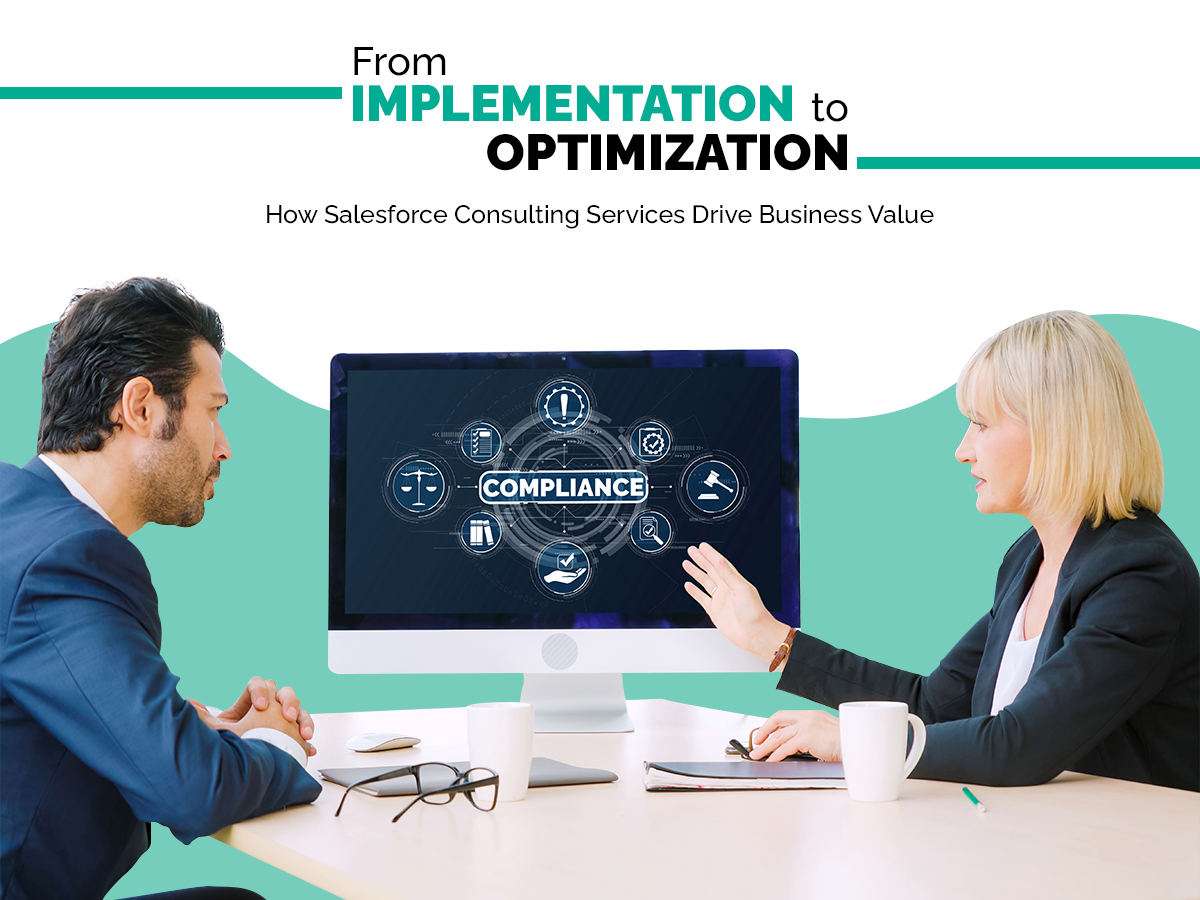Ensure Data Reliability with the best Salesforce Data Management Practices
Are you a Salesforce administrator or a Salesforce architect? How often have you been obliged to create a robust data life-cycle management strategy for your CRM in order to maximize the value of your company data? Implementing an effective Salesforce Data Management Strategy is critical in the Cloud 3.0 era, when data will play a huge role in all Salesforce Online CRM management installations, from the most basic to the most sophisticated. Without excellent data to back them, even the most precisely planned business processes and analytic reports would be rendered useless. It is critical to analyze your enterprise's data management systems on a regular basis and to review best practice advice offered by other Salesforce data management specialists. There is a good possibility you may come upon a method that, when applied, will significantly increase data quality and productivity. For your convenience, we have compiled a short list:
The top five Salesforce data management best practices that may elevate your Salesforce experience:
Reviewing the 5-Year Data Objective :
The majority of successful organizations that use the Salesforce Online CRM management platform have set a clear 5-year vision for their company data. This covers the essential topic of how they intend to use their data to achieve important business objectives. Unless you have a future-ready, strong, and long-term data strategy, chances are you will not be able to fully use your company data.
Data Reliability :
The quality of data saved in the Salesforce system is one of the most important factors determining the efficacy of any data management plan.
To get the most out of the system, all records, custom objects, data, and information should preferably be named according to particular rules. This guarantees that the underlying information of a record can be properly understood at a glance and that all records can be easily distinguished from one another.
Validation of Data :
The Salesforce data validation rule is one of the most successful Salesforce data management techniques, and it is typically incorporated when a standard Salesforce algorithm is built. Individually, validation assists in managing all system data as successfully as bigger data management solutions. A user can use validation rules to prevent the creation or alteration of entries once a pre-defined condition is fulfilled, and then work only on the data that fits the requirements. It is useful for identifying a specific record amid enormous pools of data.
Similarly, for organizations that mail products and marketing materials to their consumers on a regular basis, introducing third-party validation for addresses and other demographic information will be quite beneficial.
Backup and archiving of data :
It is usually suggested in the Salesforce system to implement a backup or archiving plan that takes into account unique business requirements.
Because continually flowing data is very prone to corruption and inadvertent harm, a solid backup plan is required. The frequency of data backups varies based on the size of the database, the number of users, and how frequently the data is changed. Salesforce's Data Export Service Data Loader, Report Export, and any third-party application are all accessible to assist you in backup and recovering your data.
Implementing a secure Salesforce data archiving plan is another option for improving data security and system performance while lowering expenses. Less frequently used or historical data is transferred out of the system and onto an external storage area where it may be stored and accessed as needed. Data may even be archived using Salesforce's Big Objects. Techabled assists Salesforce enterprise clients in archiving data natively within the Salesforce system utilizing Big Objects and future-proofing their data storage.





Comments
Post a Comment